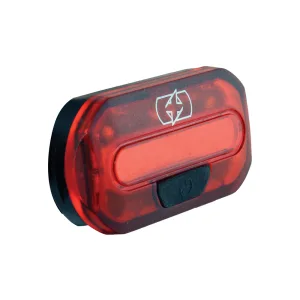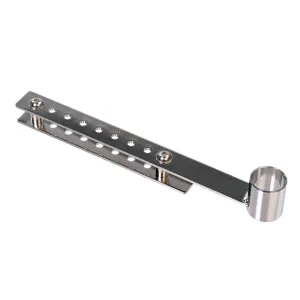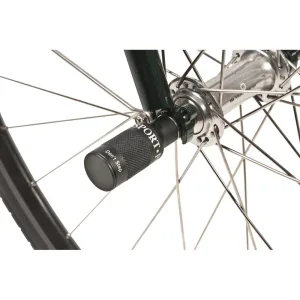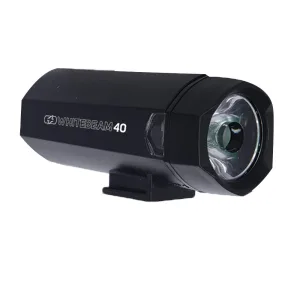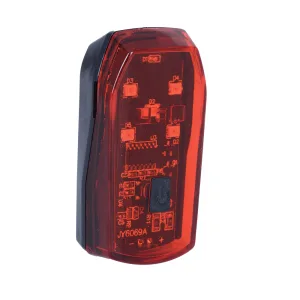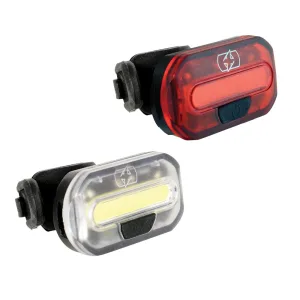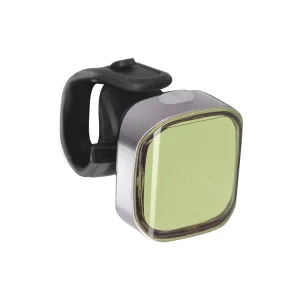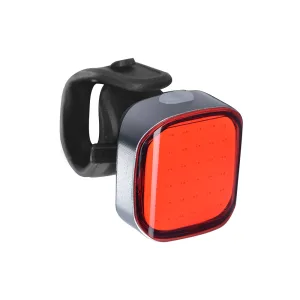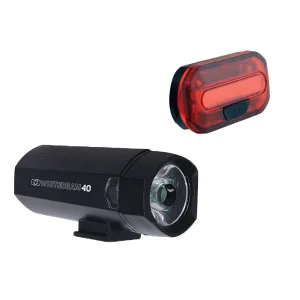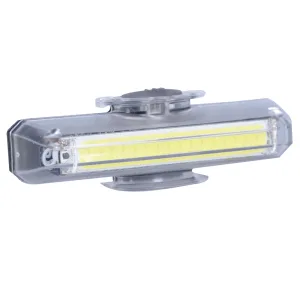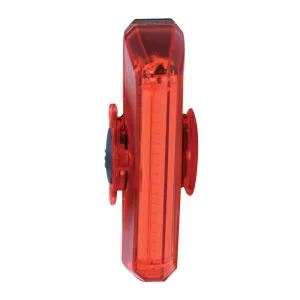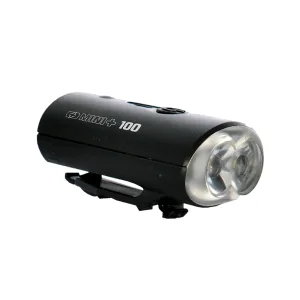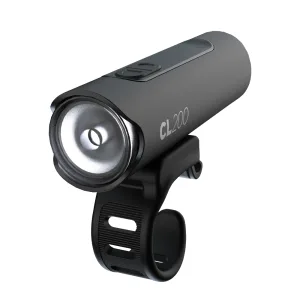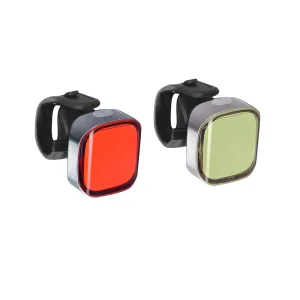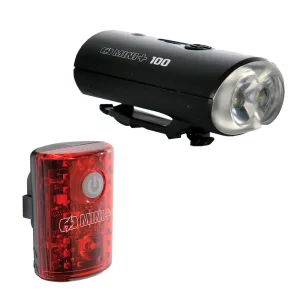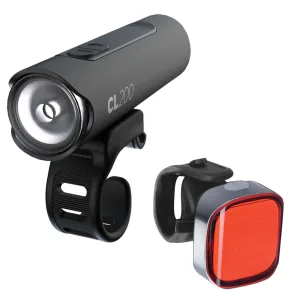Lights
Bike lights are essential accessories for cyclists to ensure safety and visibility while riding in low-light conditions or at night. Bike Lights serve two primary purposes: to illuminate the path, road or off the beaten track terrain ahead for the cyclist, and to make the cyclist visible to other road users when on the road.
READ MORE...Time to Ride have partnered with two leading UK bike light brands, Oxford Products; which includes a selection of great quality lights that won’t break the bank, as well as the best bike lights money can buy from UK brand Exposure Lights, which are at the premium end of the sector, but for good reason, as the quality of their lights are absolutely off the charts good.
Safety and Visibility: Bike lights play a crucial role in enhancing the visibility of cyclists, especially during dawn, dusk, or dark hours. They significantly reduce the chances of accidents by making it easier for motorists, pedestrians, and other cyclists to spot the bike on the road.
Types of Bike Lights: Front Lights: Mounted on the handlebars, front lights illuminate the cyclist’s path, allowing them to see obstacles, road conditions, and potential hazards ahead. Rear Lights: Mounted on the seat post or rear rack, rear lights make the cyclist visible to vehicles approaching from behind, reducing the risk of rear-end collisions. Combination Lights: Some bike lights are designed to serve both purposes – providing front illumination and rear visibility.
Light Modes: Bike lights typically offer multiple modes to adapt to different riding conditions and conserve battery life. Common modes include steady (continuous light), flashing (intermittent bursts), and strobe (rapid pulsing).
Power Source: Battery-Powered Lights: Many bike lights run on replaceable or rechargeable batteries, offering convenient usage and the ability to carry spare batteries on longer rides. Many bike lights today require USB charging. Dynamo Lights: These lights generate power through a dynamo hub or a wheel-mounted dynamo, eliminating the need for batteries.
Lumens and Brightness: Bike lights are rated in lumens, which indicates their brightness. Higher lumens provide better illumination, but they may also consume more power.
Mounting Options: Bike lights come with various mounting options, including handlebar mounts, seat post mounts, fork mounts, helmet mounts, and clip-on mounts for clothing or bags.
Legal Requirements: Different countries and states have specific regulations regarding bike lights. It’s essential for cyclists to comply with these laws to avoid fines and ensure their safety on the road.
Additional Features: Some advanced bike lights may include features like beam adjustment, side visibility panels, water-resistance, and Bluetooth connectivity.
Reflectors: In addition to lights, cyclists should also consider using reflective elements on their bikes, clothing, and accessories to further enhance visibility.
Bike lights are indispensable safety tools for cyclists, providing illumination and visibility during low-light conditions. Choosing the right type of light, considering brightness, power source, and legal requirements, enhances both the rider’s safety and the overall cycling experience.


